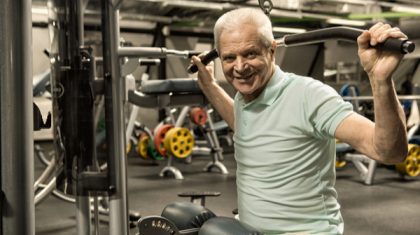Exercise helps you feel and stay good. This is a known fact. But for diabetics it can also help lower blood sugar and keep diabetes under control. Regular physical activity is an essential part of diabetes management, along with a proper diet and medications as prescribed. When the body is active, it helps cells to be more sensitive to insulin. Therefore, exercising as a diabetic can lower glucose levels and improve A1C levels.

Exercising as a Diabetic – Benefits
Exercise helps to improve the overall quality of life.
- Lowerblood sugar levels
- Reduces cholesterol levels
- Helps in weight management as it burn calories
- Helps relieve stress
- Strengthens muscles and bones
- Reduces symptoms of depression
Exercise is also known to help people with type 2 diabetes in avoiding long-term complications like risk to heart health. People who have diabetes are more susceptible to developing block in their arteries which can lead to a heart attack.
Physical activity and exercise can help keep the heart healthy and strong. And also, help maintain good cholesterol levels.
Read More : Can Sitting For A Long Duration Affect My Sugar Levels?
Types of Exercises for a Diabetic Person
Being a diabetic, the following exercises can be beneficial-
Aerobic Exercises
You must focus on at least 30 minutes of workout on most days of the week. If you cannot find a dedicated time slot, just look for a 10 minute jog or walk during lunch break or walk your dog in the evening or go cycling with the family.
Strength Training
Strength training helps you get a lean posture and make muscles more efficient. It helps maintain healthy bone, and helps the most when you have type 2 diabetes as the muscles use the most of glucose. Weight training is the most used type of strength training, as it is the most beneficial to muscles.
Flexibility Training
This type of training helps improve how the muscles and joints work. Even stretching before and after exercise helps reduce muscle soreness. Regular exercise not only helps control type 1 and type 2 diabetes, but also helps you lead a better life.
As a diabetic, you might want to consult your doctor about strategies and snacking options before starting an exercise regime.Also consider investing in aglucometerwhich will help monitor and track your blood sugar levels.




